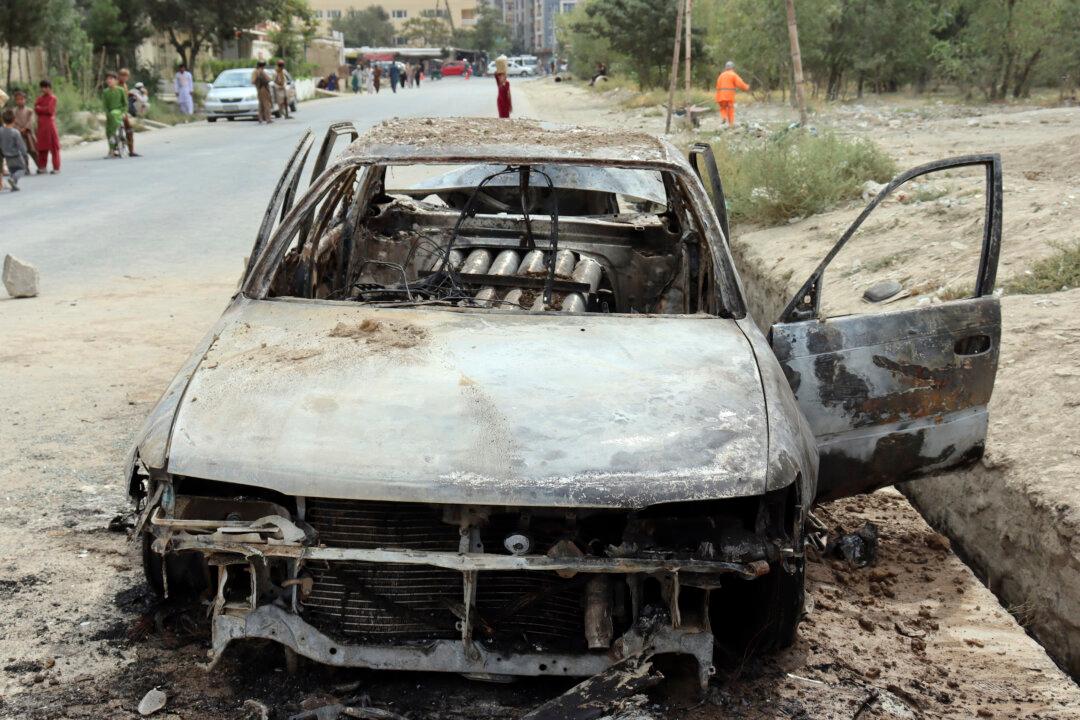U.S. troops involved in the Aug. 29 airstrike of Afghanistan resulting in civilian casualties will not be facing disciplinary action, according to Pentagon Press Secretary John Kirby in a Dec. 13 press briefing.
Defense Secretary Lloyd Austin “approved the recommendations” regarding “procedural changes” made by both U.S. Special Operations Command leader Gen. Richard Clarke and U.S. Central Command head Gen. Kenneth McKenzie, according to Kirby.




